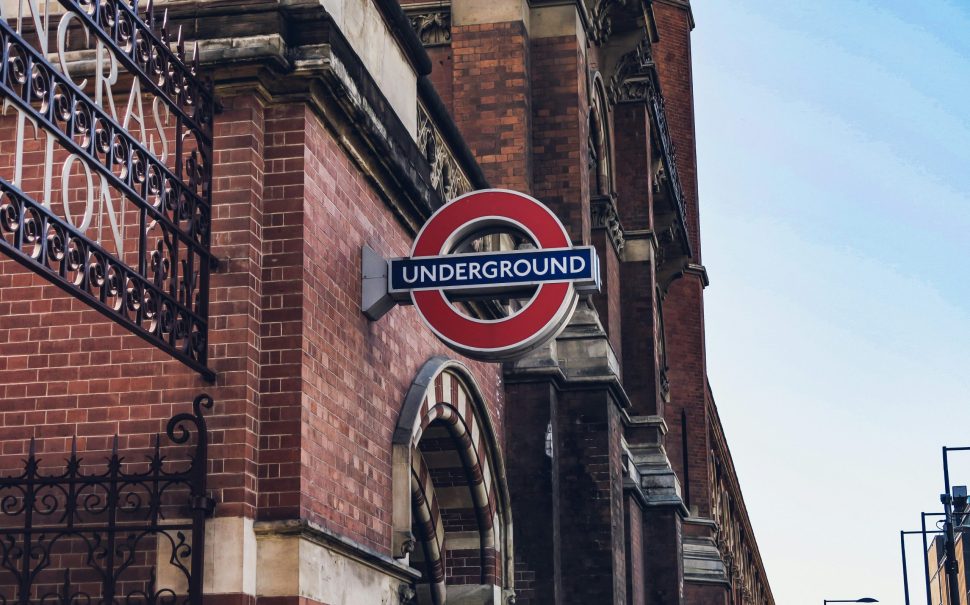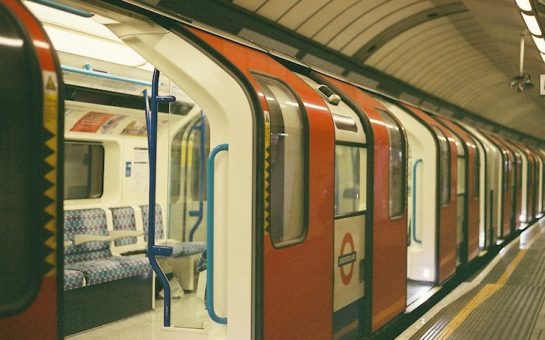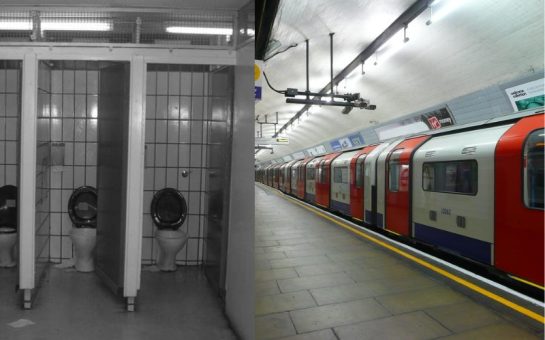Reports of sexual assault on the tube continue to overwhelmingly target women, according to recent data from the British Transport Police.
More than seven in ten reported sexual offences across the Underground network involve female victims aged 13 and over, while a further 12.6% of reports are exposure.
The Northern, Victoria and Circle lines have recorded the highest number of reports for 2025 so far with 124, 107 and 94 reports respectively, according to data acquired by a Freedom of Information request.
These figures only reflect the incidents which are reported.
Statistics suggest that offending patterns track closely with those of movement across London’s tube network.
In 2025 so far, an average of 2.6 sexual assaults have been reported every day on the network.
The busiest routes, the Central, Northern and Jubilee lines, overlap with those recording some of the highest numbers of sexual assault reports.
However, the risk of incident is not solely correlated to footfall.
An analysis of 2023 journey data against reported sexual assault data shows that the Metropolitan line is the highest-risk service, despite not being among the busier or longer lines.
King’s Cross St Pancras has recorded the most reported cases of sexual assault so far this year with 32 incidents, followed by 18 at Oxford Circus, 17 at Stratford, 17 at Green Park and 16 at Tottenham Court Road.
These numbers closely align with the perspectives of women who use the tube daily.
Emily, a 24-year-old banker who did not want to disclose her surname, commutes from London Bridge daily.
She feels relatively safe during peak times but the picture changes as the sun goes down and like many women, she has developed her own risk-reduction strategies.
Emily said: “I definitely don’t feel as safe when I get the tube in the evenings.
“I would never go in a carriage by myself or with just men. I would always find another woman or a group of girls.
“Maybe I’m over-the-top safe because I’m so paranoid but I think a lot of us do that.”
Despite data suggesting sexual harassment levels have not yet reached pre-pandemic levels, women remain vigilant.
Russell Webb, a marketing manager at the safety technology provider People Safe, said: “The most actual instances of harassment and sexual harassment happen at peak travel times.
“It’s sort of shocking, but not shocking anymore.
“The fact that we’re thankful that it’s not up to pre-pandemic levels is a bit of an indictment on society.”
Reena Patel, a 37-year-old NHS pharmacist, avoids wearing headphones or being on her phone after 9:30pm.
Heading out into the suburbs, Patel becomes increasingly aware of her surroundings and risk as the carriages begin to empty.
She said: “It can be quite scary, and people can get quite aggressive.”
One evening when travelling home from work, Patel was once approached by someone who was mumbling, staring very intensely at her and sitting uncomfortably close.
She decided to pretend to get off the train, but actually got back on a few carriages later.
The person who had been harassing her followed her and accused her of avoiding them, but luckily Patel was getting off at the next stop.
When asked if she reported the incident, Patel said: “Nothing comes of it, right?
“Nothing happens. So they say to report it, but no one ever gets stopped or found, which is why people continue to do it.”
Patel’s experience mirrors a widespread lack of confidence in the reporting process.
Emily says the system feels daunting and stacked against victims.
She added: “At the end of the day, it’s your word against someone else’s.
“And if you do report it, your life will become consumed by the assault.”
Amina Sadoun, 20, a university student who regularly travels on the Victoria and Jubilee lines, says her safety concerns are constant but shift with the time of day.
Sadoun said: “At night I’m worried that there’s not enough people but then during the day I’m worried that it’s so crowded.
“So it’s no rest the whole day, just worried all the time.”
Sadoun believes the carriage design contributes to the vulnerability many women feel.
“The environment of the tube in general, with a lack of lighting sometimes and just how enclosed it is, adds an element of where women do need to make sure that it’s safe first.”
Across the UK and the world, calls are increasingly being made for structural change.
A recent campaign for women-only carriages, already used in Mexico City and Tokyo, has gained more than 14,000 signatures.
Patel said: “It’s a really good idea.”
Sadoun said: “Women’s safety is definitely a overlooked. Having something like women-only carriages is a good thing to look into.”
A spokesperson for Transport for London said: “Tackling violence against women and girls remains a priority.”
Detective Superintendent for Public Protection and Vulnerability Sam Painter said: “British Transport Police is committed to making the rail network a hostile environment for sexual harassment and offences.
“We work tirelessly to encourage victims and witnesses to report incidents, no matter how small, because every report is significant.
“Remember: nothing is too small to report, and sexual harassment is never your fault.”
To report an assault text British Transport Police on 61016.






Join the discussion